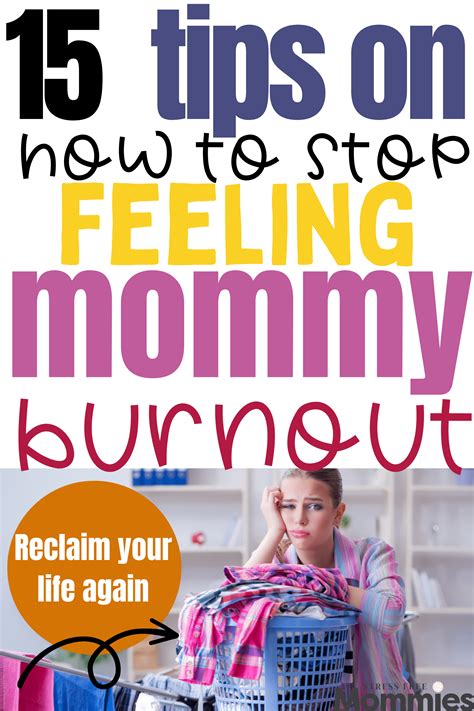Taking Action: Addressing Mom Burnout as a Team
Mom burnout is a pervasive issue, affecting countless mothers worldwide. It's not simply exhaustion; it's a state of emotional, mental, and physical depletion stemming from the relentless demands of motherhood. While societal pressures and individual circumstances play a significant role, recognizing and addressing mom burnout requires a team effort – a collaborative approach involving the mother, her partner, family, and even support networks. This isn't about blame; it's about building a stronger, more supportive foundation for the entire family's well-being.
Recognizing the Signs of Mom Burnout
Before diving into solutions, it's crucial to acknowledge the telltale signs of burnout. These aren't always obvious, and often manifest differently in each individual. However, common symptoms include:
- Emotional Exhaustion: Feeling constantly overwhelmed, emotionally drained, and unable to cope with daily stressors.
- Depersonalization: Feeling detached from your children, experiencing a loss of empathy, or feeling cynical about motherhood.
- Reduced Personal Accomplishment: Feeling inadequate, unproductive, and a sense of failure despite your best efforts.
- Physical Symptoms: Headaches, insomnia, digestive issues, weakened immunity, and chronic fatigue are common physical manifestations of burnout.
- Irritability and Anger: Experiencing heightened irritability, anger, and frustration, often disproportionate to the situation.
If you're recognizing these signs in yourself or your partner, it's time for proactive intervention.
How Can Partners Help Prevent Mom Burnout?
Partners play a vital role in preventing and addressing mom burnout. Their active participation is crucial for shifting the burden of responsibility and fostering a more balanced environment. This means more than just "helping out"; it's about a conscious shift in mindset and shared responsibility.
Sharing Household Chores and Childcare Responsibilities:
This isn't about creating a strict 50/50 split (though that’s ideal for many), but rather about actively participating in all aspects of family life. This includes cooking, cleaning, laundry, bedtime routines, and actively engaging with the children. Open communication is key here – discuss realistic expectations and adjust responsibilities as needed.
Providing Emotional Support and Understanding:
Listening without judgment, offering words of encouragement, and validating her feelings are crucial. Mom burnout isn't a personal failing; it's a consequence of societal pressures and the immense demands of motherhood. Offering emotional support acknowledges the depth of her struggles.
Creating Time for Self-Care:
Encourage her to prioritize self-care activities – even small acts like a quiet cup of tea, a short walk, or a relaxing bath can make a significant difference. Actively support her in pursuing hobbies, connecting with friends, or pursuing personal interests. This might involve taking on extra childcare responsibilities to give her dedicated time for herself.
What Can Family and Support Networks Do?
Extending support beyond the immediate partner is equally important. Grandparents, other family members, friends, and even community resources can contribute significantly.
Offering Practical Support:
This could involve babysitting, meal preparation, grocery shopping, or running errands. Even small gestures can alleviate some of the pressure and free up time for the mother.
Providing Emotional Support and Encouragement:
Family and friends can offer words of encouragement, reminding the mother that she's not alone and that her feelings are valid. Empathy and understanding are crucial in creating a supportive network.
Connecting Mom with Resources:
Connecting the mother with support groups, therapists, or other relevant resources can provide her with professional guidance and peer support. Knowing where to find help is a powerful tool in combating burnout.
How Can Moms Take Action to Prevent Burnout?
While support from others is crucial, moms also have an active role in preventing burnout. This involves self-awareness, setting boundaries, and prioritizing self-care.
Setting Realistic Expectations:
Perfection is unattainable. Letting go of unrealistic expectations and accepting imperfection is a significant step towards reducing stress and preventing burnout.
Prioritizing Self-Care:
Self-care isn't selfish; it's essential for well-being. This involves prioritizing activities that replenish and rejuvenate – hobbies, exercise, spending time in nature, or simply taking time to relax.
Seeking Professional Help:
Don't hesitate to seek professional help if needed. A therapist or counselor can provide coping strategies, support, and guidance in navigating the challenges of motherhood.
Addressing Mom Burnout: A Collaborative Approach
Addressing mom burnout isn't a solo endeavor. It's a collaborative effort demanding understanding, communication, and a shared commitment to the well-being of the entire family. By recognizing the signs, fostering open communication, sharing responsibilities, and providing unwavering support, families can build a stronger, healthier foundation, preventing burnout and creating a more nurturing environment for everyone. Remember, a thriving mother contributes to a thriving family.

